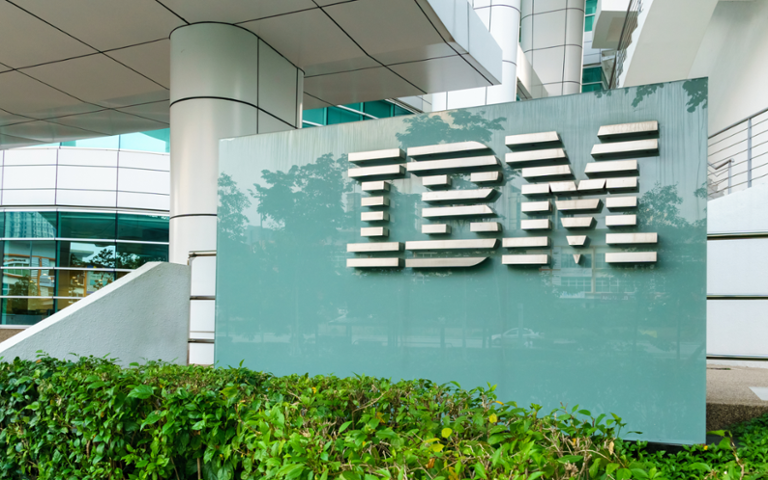
IBM has purchased Red Hat, which bills itself as “the world’s leading provider of enterprise open source solutions.” The blockbuster deal is worth $34 billion, the largest acquisition of its kind – ever. So what does it mean for you, the tech pro?
Red (The Bad Stuff)
- No more Red Hat as we know it. It’s not clear what the future holds, but acquisitions tend to change a company.
- Red Hat employees don’t seem thrilled. Speaking to ZDNet, some Red Hat staffers said: “I can’t imagine a bigger culture clash,” and, “I’ll be looking for a job with an open-source company.” Perhaps most damning was this: "As a Red Hat employee, almost everyone here would prefer it if we were bought out by Microsoft." Ouch.
- IBM is paying a 63 percent premium for Red Hat, says CNBC. If you own stock in Big Blue (or work there), you're no doubt asking if that premium is worth it.
Green (The Good Stuff)
- The deal makes IBM the world's largest hybrid-cloud provider; more competition in the cloud is (usually) good for everyone.
- Red Hat will operate as a “distinct unit” within the company's framework.
- IBM says it will “maintain Red Hat’s open source innovation legacy, scaling its vast technology portfolio and empowering its widespread developer community.”
IBM is acquiring Redhat in a deal that’s only relevant to old people.
— Hipster Hacker (@hipsterhacker) October 28, 2018
Refactor (The Context of IBM Buying Red Hat)
Paying a premium for Red Hat suggests IBM was in a bidding war with another deep-pocketed entity – one highly interested in enterprise IT solutions. Our best guess here is Microsoft, which has dedicated itself to open source and the cloud under CEO Satya Nadella. A blog post on Stratechery points out that IBM may be trying to re-capture some of the lost magic that Microsoft and Nadella seem to have picked up and ran with. Red Hat is a smart acquisition to make if you’re looking to make a splash in Linux-based IT solutions, which is a buzzword-y way of saying you are going after big companies with IT staff who do more than set up emails for new hires and SQL sheets for sales. Many companies with dedicated, smart IT crews use Red Hat. IBM seems to be playing catch-up with this deal, while also giving another interested party (we really think it’s Microsoft) the Heisman-arm. Ryan Duguid, chief evangelist at Nintex, tells Dice “IBM’s acquisition of Red Hat was necessary for IBM to gain traction in the cloud space. The company has made significant investments in cloud capabilities, especially around the Watson platform, but they’ve lost sufficient market and mind share to Amazon, Microsoft, and Google.” It may also be good for Red Hat. IBM proudly proclaims its scale will help Red Hat, but Venture Capital firm Andreessen Horowitz says Red Hat may have needed an acquisition to survive:
There are many reasons why the Red Hat model doesn’t work, but its key point of failure is that the business model simply does not enable adequate funding of ongoing investments. The consequence of the model is minimal product differentiation resulting in limited pricing power and corresponding lack of revenue… the open source support model generates a fraction of the revenue of other licensing models. For that reason it’s nearly impossible to properly invest in product development, support, or sales the way that companies like Microsoft or Oracle or Amazon can.
The TL;DR there: If IBM (or some other massive tech company) didn’t buy Red Hat, they’d eventually spend to innovate past it, which would have killed it anyway. IBM and Red Hat want you to believe things will be status quo, and they will be for a while. But eventually, the business machinations of IBM will take over. It will want a return on its $34 billion investment, so expect Red Hat services to see some upgrades that coincide with a new pricing scheme at higher price-points. Red Hat may also end up fully absorbed into IBM. Todd Matters, co-founder and Chief Architect at RackWare, says: “One of the big questions will be how much Red Hat will be allowed to operate independently, or whether it will be merged further into IBM. Red Hat has done a pretty good job of maintaining the open source community.” Sadly, this also means more IT solutions will flow through IBM or Microsoft moving forward. While competition is good, we dislike that it’s basically becoming a two-party system. That IBM considers a 63 percent premium for Red Hat a “fair price” suggests they see tremendous opportunity to squeeze money from customers.

